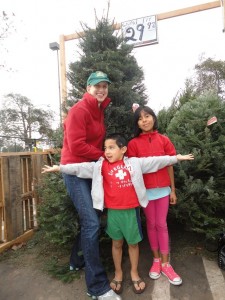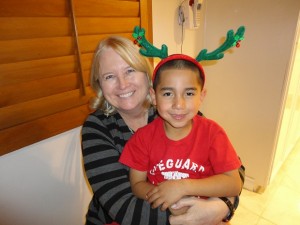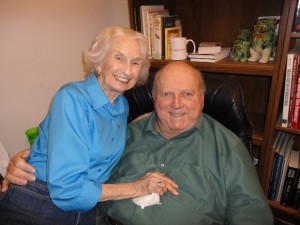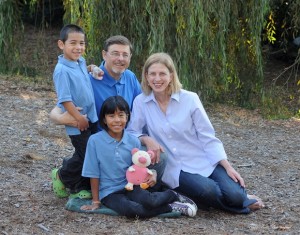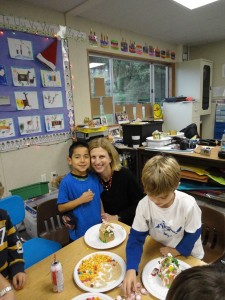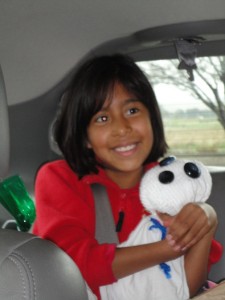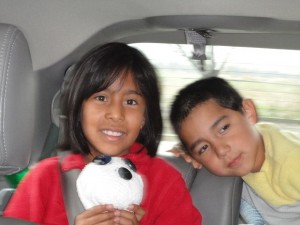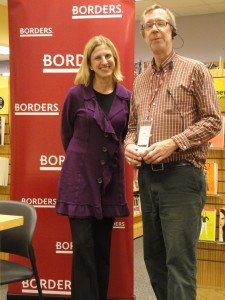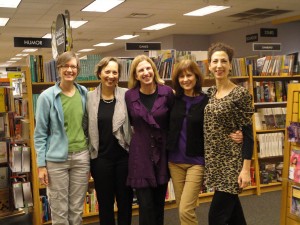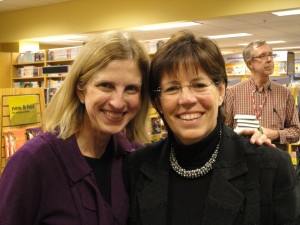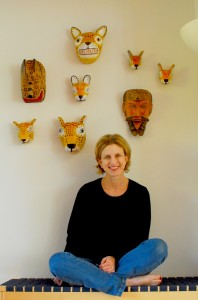During the five years I wrote Mamalita: An Adoption Memoir, I grappled daily with the question of how much of the story I was entitled to tell. After all, the book’s subject is the adoption of my daughter, Olivia, from Guatemala. Ultimately, I decided the story belonged to me, too, at least partially. As long as I kept the narrative from my point of view, I believed her privacy would be maintained. Foremost in my mind was the question, “When my daughter’s in high school, will she be okay reading this?” I can say with confidence that I believe she will.
That said, I also wanted to write the truth of intercountry adoption as I experienced it. A baby strapped in a stroller in front of a television set or kicking me away because I was her fourth mother-figure aren’t the ideal visuals to communicate, but that was what happened. Change can never be made if no one talks about reality, including the impact on children of prolonged foster or institutional care, or multiple caregiver placements.
I was reminded of the struggle between privacy and truth-telling as I read this Associated Press article by David Crary, More families adopting HIV-positive children. One of the children discussed was born in Guatemala. Do parents have the right to reveal their minor children’s HIV-positive status via an Associated Press article? Although there is absolutely nothing shameful about the disease, it might not be information a person necessarily wishes to share with the world at large.
I don’t know the answer, but my guess is that, like me, the parents in question hoped to normalize their family’s situation by being honest about it. Time will tell if our children feel the same.



 ShareThis
ShareThis